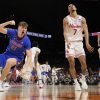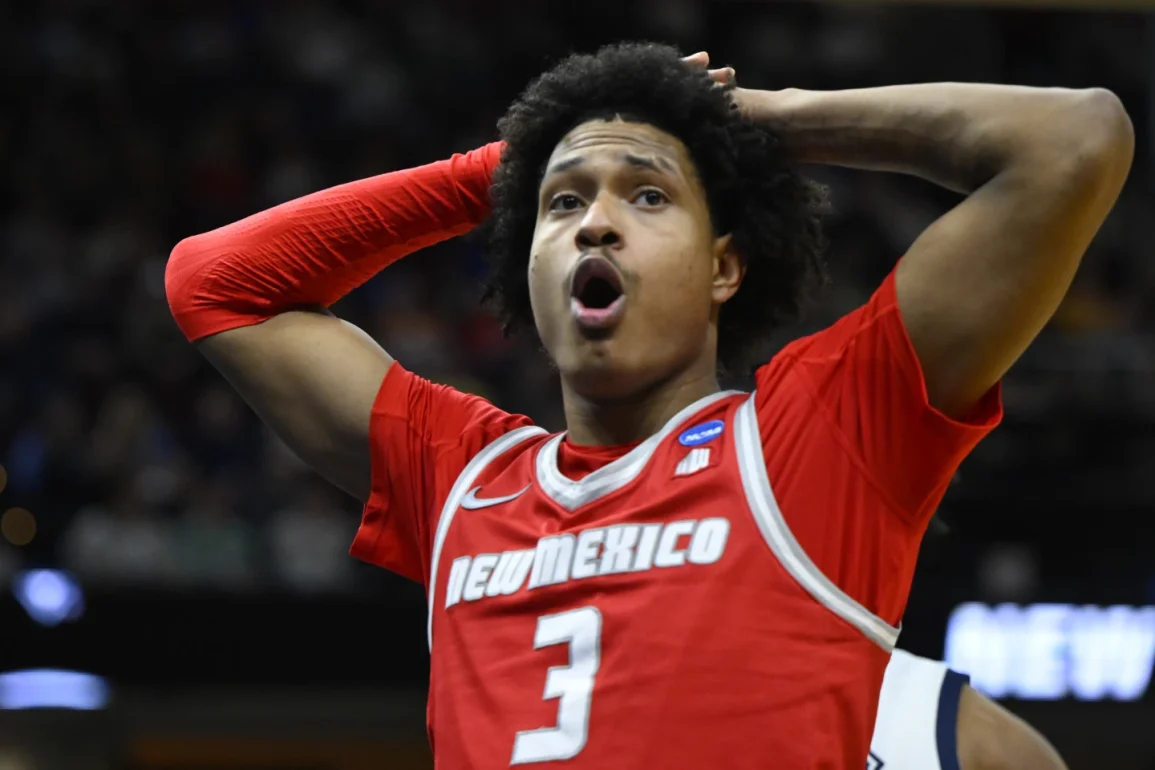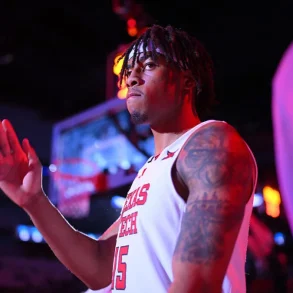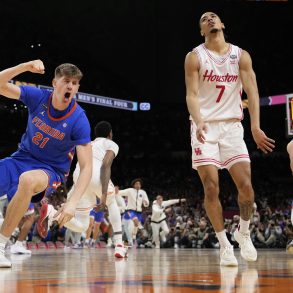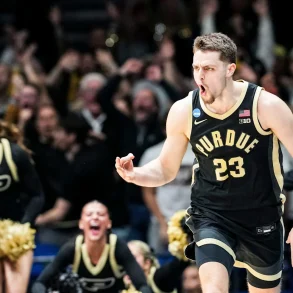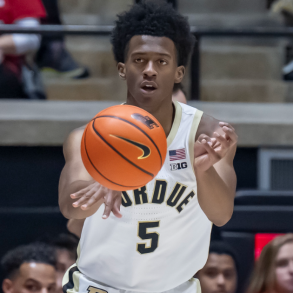Mouhamed Dioubate would like to tell you he had a solid, practical reason for wearing a compression shirt under his Alabama jersey.
Maybe it keeps his arms warm. Maybe he enjoys how it feels. Maybe it’s a nod to the past, to players like Patrick Ewing and Chris Mullin, who wore T-shirts while playing basketball decades ago.
But that’s not the case. “It’s drippy,” Dioubate said with a laugh.
In case you’re unfamiliar, “drippy” is Gen Z slang for “stylish,” if you remember when Mullin and Ewing were young stars in the Big East, not Hall-of-Fame legends.
And it’s catching on. During March Madness, whether in the men’s or women’s tournament, players can be seen wearing short-sleeved and long-sleeved shirts. (For example, Maryland’s Allie Kubek played 49 minutes in a double-overtime game against Alabama on Monday with long sleeves under her white No. 14 jersey).
Every generation of basketball has its own look. From the afros and short shorts in the 1970s, to the baggy styles of the Fab Five in the 1990s, to Allen Iverson and his one-sleeve style in the 2000s.
Now, it seems like layers are becoming the trend. For years, between players like Ewing, Mullin, Cooper Flagg, and JuJu Watkins, T-shirts were mostly worn by a certain type of player. The kind of player you didn’t want to leave open for a 3-pointer.
“You know he’d be feeling good in that T-shirt,” said Robert Morris guard Kam Woods. “If you left him open, it’s over with.”
Tru Washington of New Mexico tried wearing an arm sleeve early in his career. He even tried pairing it with a tank top, but it felt odd. He then switched to a T-shirt but worried it might affect his jump shot. So, he played without one, but that didn’t feel right either.
Eventually, he returned to the T-shirt and — whether by chance or not — his 3-point shooting improved.
Flagg, who will lead top-seeded Duke against fourth-seeded Arizona in the Sweet 16 on Thursday, isn’t sure when he first started wearing a T-shirt. He’s pretty certain it wasn’t for fashion.
“For me, it’s just about being comfortable with what I’m wearing,” he said.
The same is true for Lipscomb’s Gyasi Powell, who had a specific reason for wearing a compression shirt when he joined the team. Without it, his jersey would stick to his chest because of sweat. “I sweat a lot,” Powell said. “After the game, I struggle to take it off. It helps with the struggle.”
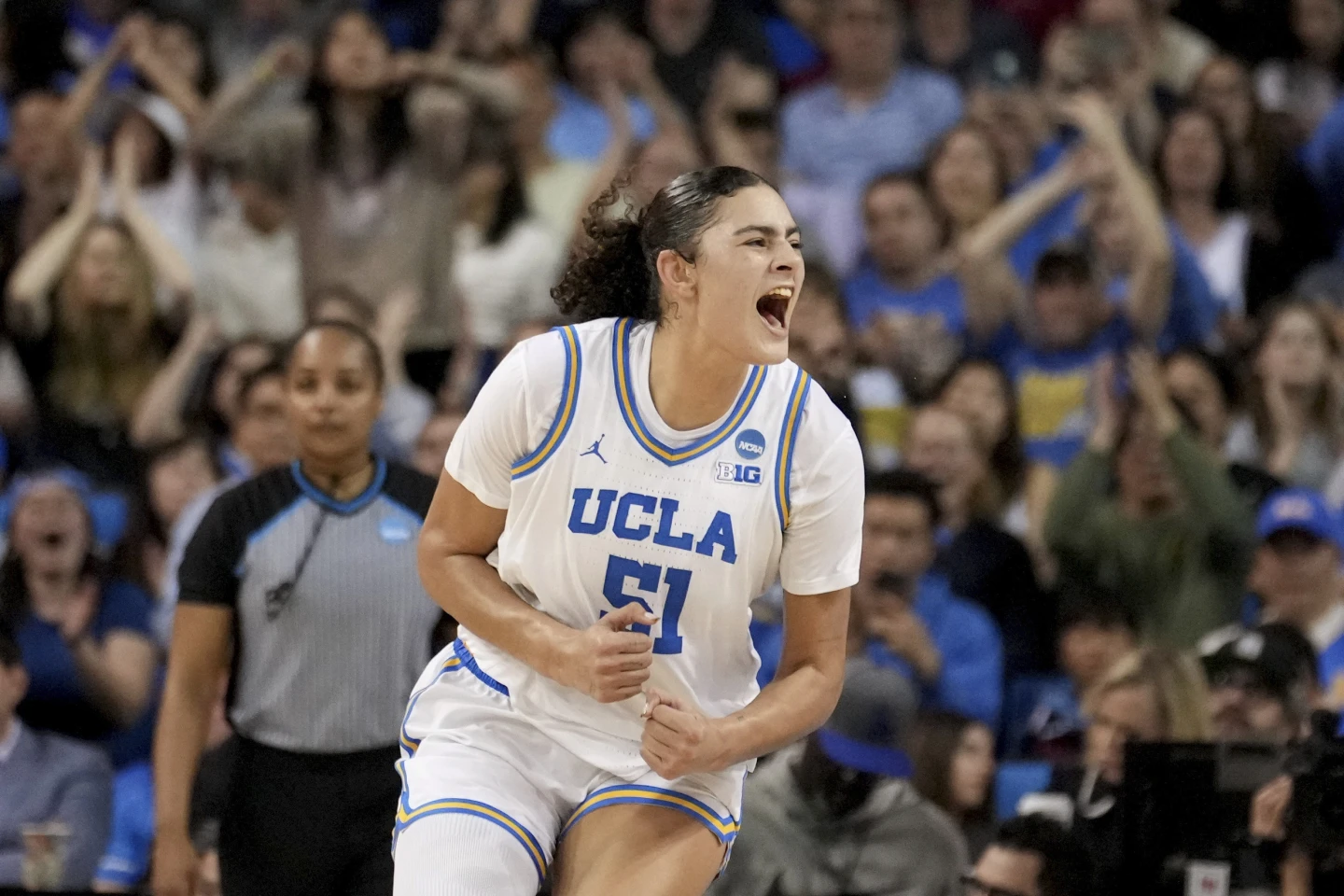
LSU’s Mikaylah Williams had a similar need for something to stop the sweat from running down her arms and onto her hands during games
Powell and Williams are part of the majority who choose moisture-wicking shirts. Lipscomb teammate Jack Ingold said the improvements in fabric are one reason these shirts have become so popular. They’re not like the heavy cotton shirts that turned Patrick Ewing’s gray undershirt nearly black by halftime.
“All the technology stuff that’s going into it now is making it more useful and accessible to athletes,” Ingold said.
Not everyone is a fan. Ole Miss guard Jaylen Murray prefers a looser shirt, saying the compression one feels “too tight.” It’s hard to argue with him, as the Rebels are in the Sweet 16 against Michigan State on Friday.
When Murray looks across the court, he might spot Spartans forward Frankie Fidler, who wears white sleeves and a white headband to hold back his shaggy black hair. Fidler started wearing this combination in late November after moving from the starting lineup to the bench.
“I thought I’d just switch everything up,” said Fidler, who scored 10 points in 17 minutes during a second-round win over New Mexico. “I think the headband came a little after that.”
When asked if he ever thought about wearing long sleeves, the 6-foot-7, 217-pound senior jokingly replied, “No, I like having my guns showing.”
Robert Morris guard Kam Woods made a change when his shot started to struggle later in the season. He didn’t have that issue when he wore a T-shirt in practice.
“I’m superstitious,” Woods said. “So anything that I feel like works, I’m going with.”
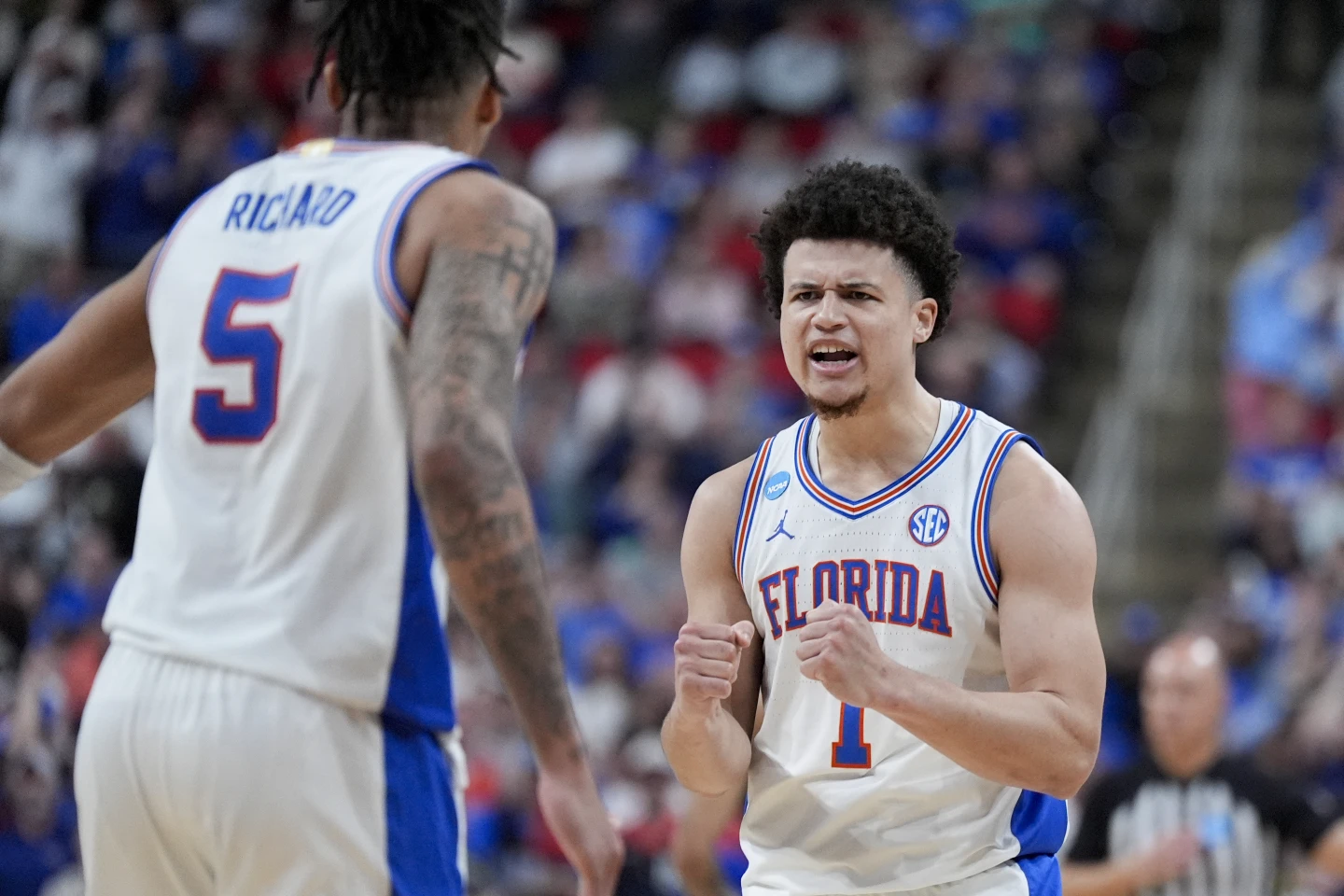
In some teams, the T-shirt is everywhere. Most players on the Tennessee women’s team headed to the Sweet 16 wear one. But at Vanderbilt, Tyler Nickel was the only one who added a T-shirt under his jersey, even if it covered some of his tattoos on his left arm, a small price to pay for shooting 40% from 3.
The look also has a style to it. When Dioubate sees someone wearing a T-shirt, it means “they’re a hooper.” Not a baller. Not a player. A hooper. What’s the difference?
“Hoopers are more fluid,” he said. “If you’re wearing (a shirt), that means you’re a hooper.”
When Washington heard this, he nodded.
“You look good, you play good,” Washington said. “It’s all a part of that dripper vibe.”

